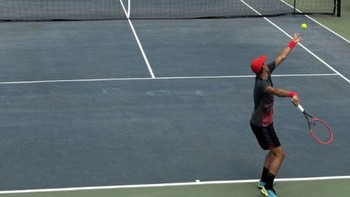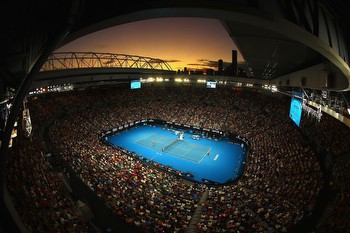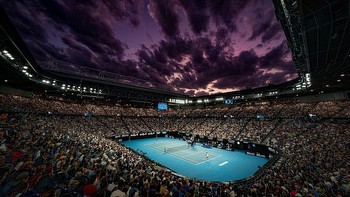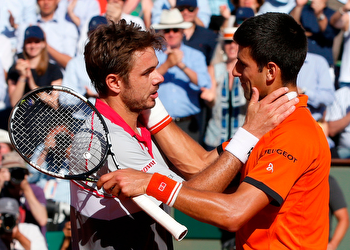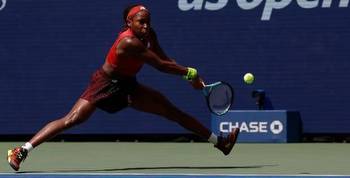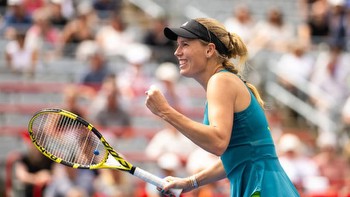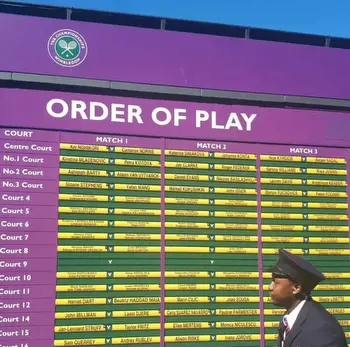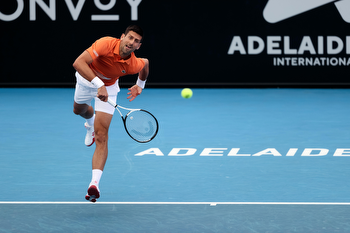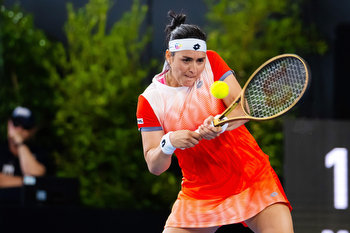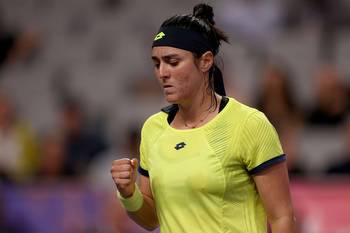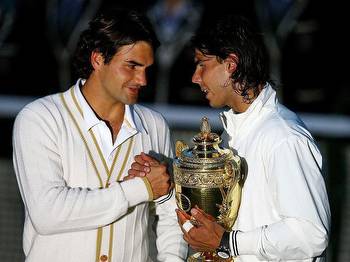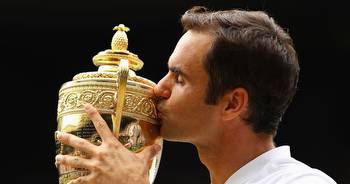Why the Australian Open is starting on a Sunday for the first time
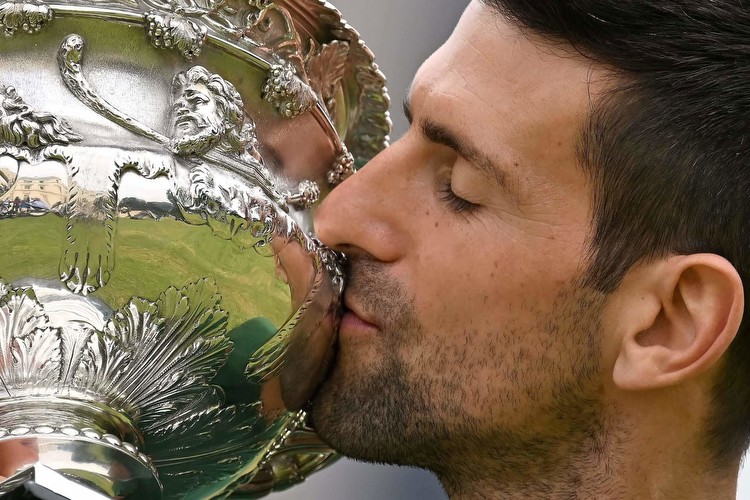
Just three months ago, Tennis Australia made a pretty big announcement.
This year, for the first time, the Australian Open will start on a Sunday. Owing to time differences (Melbourne is 16 hours ahead of New York City), this will mean that for viewers in North and South America, the tournament will start on a Saturday night. Play begins this weekend, Jan. 14 in Australia.
There were more changes, too. The Grand Slam will last 15 days, like the French Open, instead of the usual 14, like the U.S. Open and Wimbledon. The first round will take place over three days instead of the usual two.
A bit weird, no?
Let us explain….
Why is this happening?
To hear Craig Tiley, chief executive of Tennis Australia, the sport’s governing body, sell this idea, it’s all about making life easier for players – even though it makes their tournaments a day longer and one-sixth of them will be eliminated from the singles tournaments before a lot of people even realize it has begun.
So how is this better for them?
With an extra day for the first round, it will be less likely that matches will finish in the small hours of the morning during the tournament’s early days. The first round requires the completion of 128 matches, 64 of them — the men’s share — possibly lasting five sets.
Tournament organizers were criticized last year when Andy Murray’s second-round win over Thanasi Kokkinakis finished at 4:05am, pretty much dooming Murray in his next match against Roberto Bautista Agut and subjecting teenage ball kids to an all-nighter.
“We’ve listened to feedback from the players and fans and are excited to deliver a solution to minimize late finishes while continuing to provide a fair and equitable schedule on the stadium courts,” Tiley said.
The two main courts, named after Rod Laver and Margaret Court, will feature just two matches over the first days rather than three, lowering the chances that a marathon match will delay the start of the evening session and push night play into the early morning.
How to fix tennis
Why is it really happening?
Let’s hear from John McEnroe, the seven-time Grand Slam champion and commentator, to do what he does best — tell it like it is.
“It’s a money grab as far as I’m concerned,” McEnroe said during a conference call with media on Monday. “They just found another way to make some money. I don’t agree with it.
“The players, if they accept it and they’re getting something from it — like some money for their pensions or retirement for some players that don’t have insurance — I would say that’s a good thing that they have added an extra day. I don’t think that has happened, just like it didn’t happen at the French Open (when it became a 15-day event).
“I completely disagree with it. That’s probably me being selfish that I have to be away from home an extra day or two.”
Indeed, during much of the tournament, the Australian Open sells three different sets of tickets for day sessions — one for each of the main courts and another for the rest of the grounds, some of which include seats in John Cain Arena. In the evening, it sells two more sets of tickets, one for each of the main courts.
Another day means five more sets of tickets to sell. How many more tickets is that? Total Australian Open attendance last year was a record 839,192. The first Saturday of the tournament set a Grand Slam single-day record of 93,709. That is a lot of tickets for fans who buy plenty of beer, other treats and merchandise at Melbourne Park.
It’s a safe bet that the extra day of tennis will bring in more than $11million (£8.6m) in additional revenue. It also allows Tennis Australia to go back to its media partners and ask for increases in their rights fees for the additional content.
It’s worth noting that some of the largest tournaments on the ATP and WTA Tours also expanded and added days last year. They can do the same math as Tennis Australia and the French Open, clearly.
They claimed the players get more rest days. The players say it feels like more work days.
Do the players benefit?
Prize money for the Australian Open rose 13 per cent this year, to $57.9million from $51.2million last year.
Players appreciate that, but they still don’t feel they are getting their fair share — especially compared with other pro sports, in which players receive roughly 50 per cent of revenues.
Tennis Australia has annual revenues of some $350million, most of it from the Australian Open. Even when hotel and other travel expenses the tournament provides are added to prize money, the sum does not come close to approaching the 50 per cent that many players believe is their due as the star attractions.
How Novak Djokovic changed his game to become the GOAT
Will Wimbledon and the U.S. Open soon be 15-day tournaments, then?
Wimbledon only started playing on the middle Sunday in 2022, when the tournament became a scheduled 14-day event for the first time. That ended one of the great traditions in the game — Manic Monday, when the entire fourth round for the men and women happened. It was the best day in tennis.
Since Wimbledon just added day 14, it’s hard to imagine the All England Club asking for a 15th day any time soon, especially given the permissions it would likely have to seek from local government. Also, at the moment, the All England Club is focused on pursuing a major expansion on parkland across the main road from the club.
The United States Tennis Association, on the other hand, has rarely passed up an opportunity for extra cash. Though the 2024 U.S. Open is set for 14 days, this is the organization that charges $20 for a Honey Deuce, the official tournament cocktail. Nothing is impossible.
Also, the weekend before Labor Day weekend, when that extra day would take place, is pretty dead on the American sports calendar. Major college football is still a week away. The NFL is still in pre-season.
That’s the sort of opportunity American sports executives have traditionally taken a long look at and rarely passed up.


